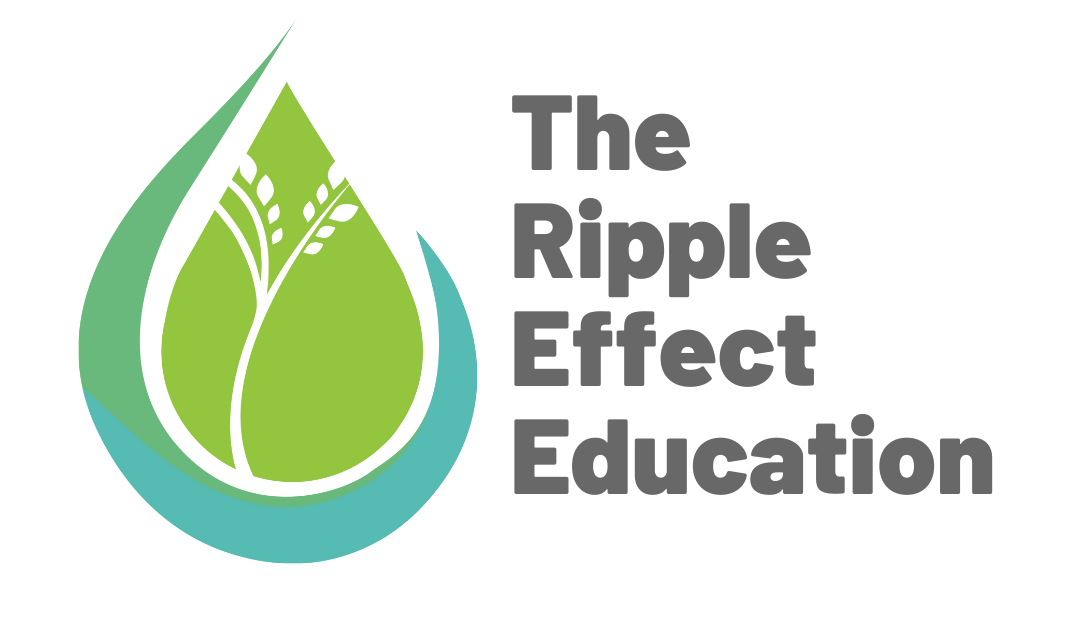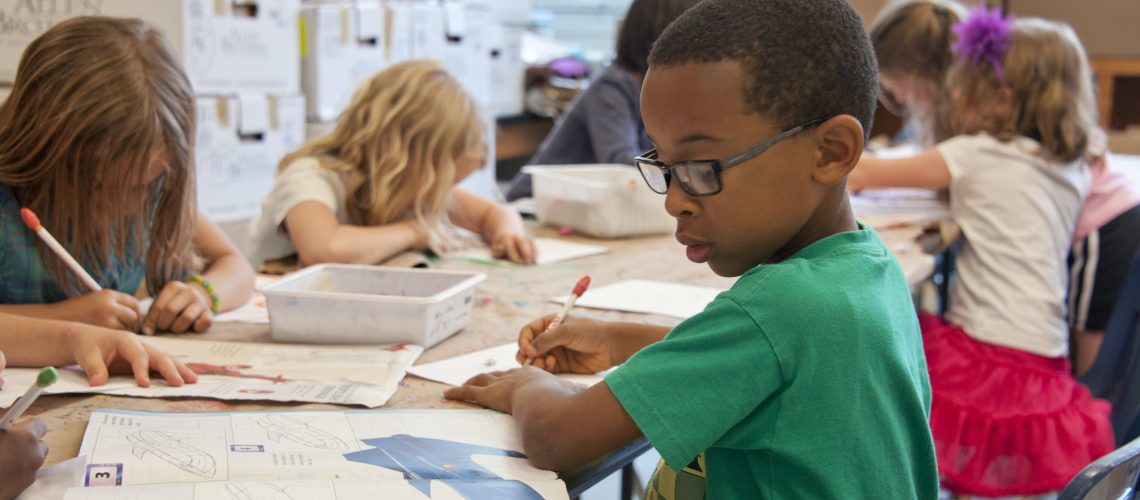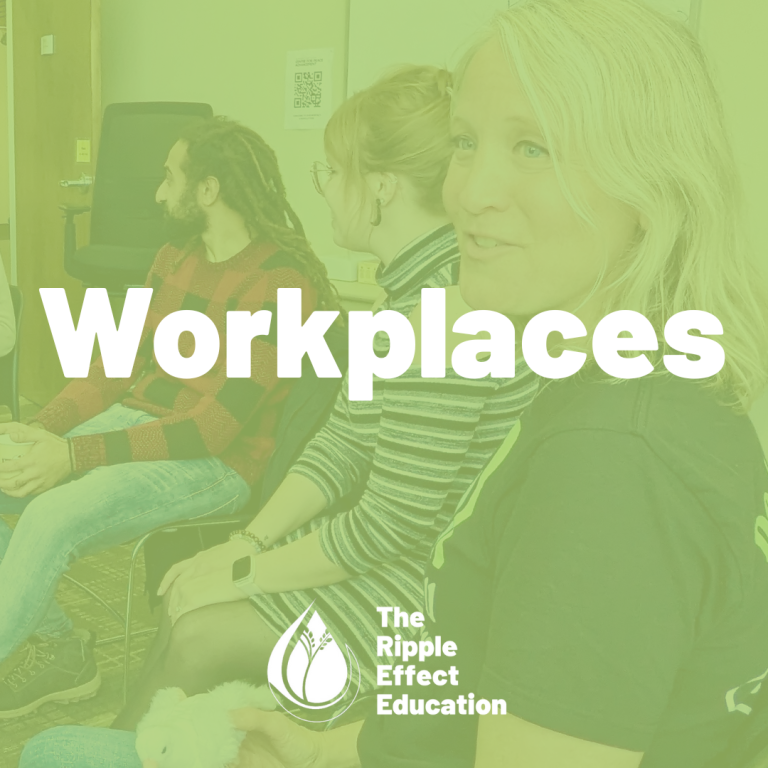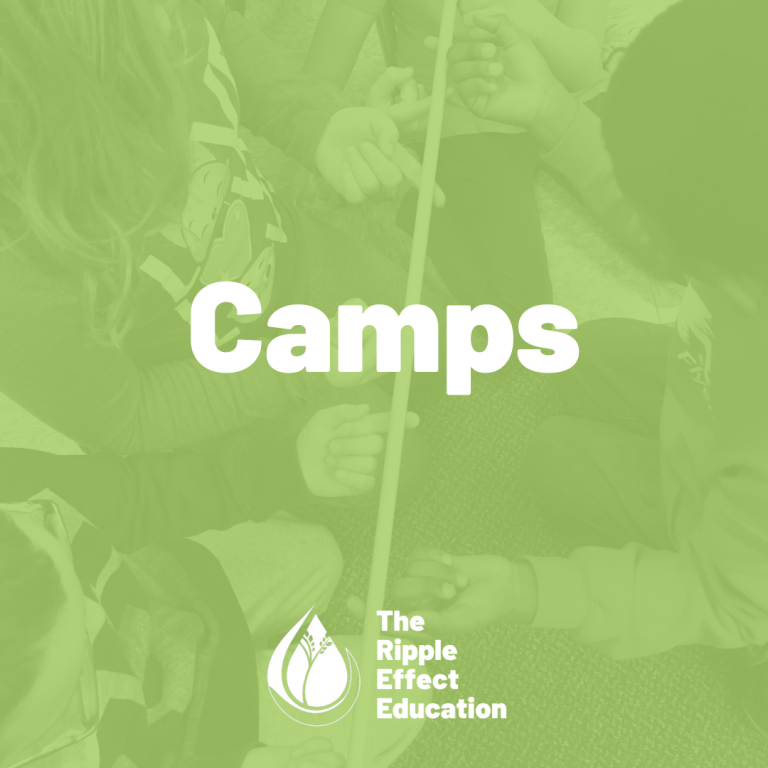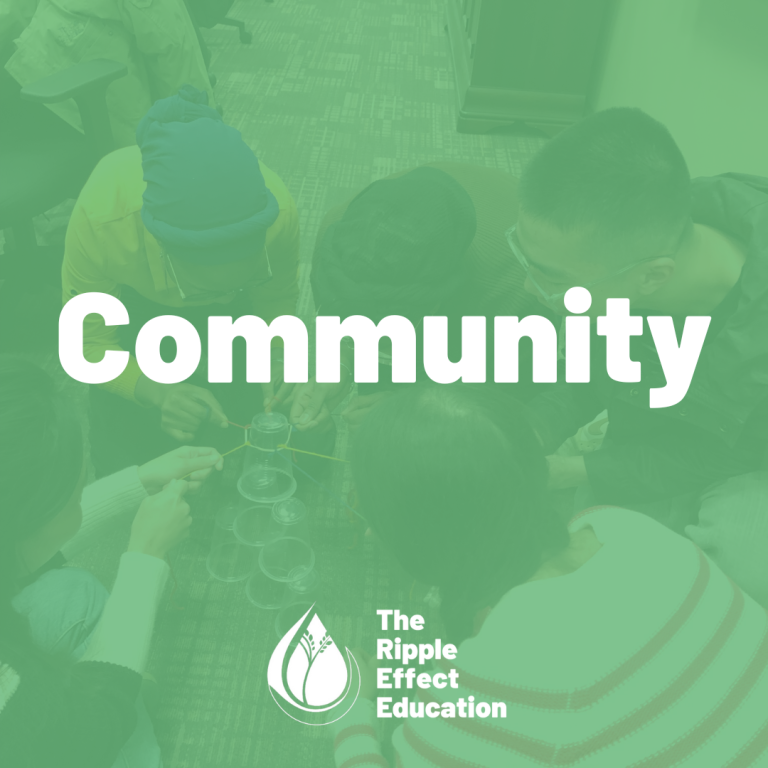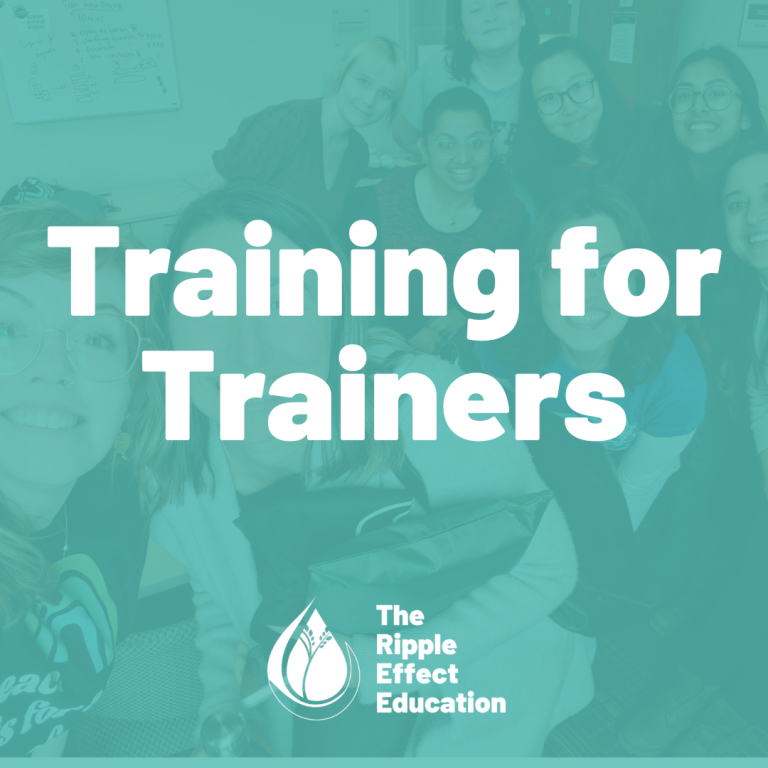At the beginning of the pandemic, I was a Masters student trapped inside my bedroom apartment separated by family and friends, while also living as an artist facing cancelled job contracts. As a response, I and a group of artists in Hamilton and Toronto formed a small art collective in an attempt to band together and create work for ourselves. While the work we were building was special, the collective slowly became more about a network of support rather than the work itself.
Our biggest priority became the people involved, and how to care for each other: meaning, the work was not more important than the people involved. We would talk on the phone, edit papers, send food, and tell stories. We embodied care, and when we felt cared for, we were able to be successful despite living in a time of crisis.
“Caring, then, is an art of living.” – Maurice Hamington
We’ve learned that care is possible when we need it most. We have proven during the last two years that we all have the capacity to be understanding of mental health and that others might need extra support because we ourselves have needed that same care afforded to us. Being locked down in a global pandemic, it can be easy to understand the context of why someone might be having a difficult time. Now, we need to dig a little deeper.
In Embodied Care, Maurice Hamington highlights that we are innately built to care for others. Though Hamington writes this in the context of moral philosophy and ethics more broadly as humans, I believe we must take this into consideration in the ways we structure our classrooms, work interpersonally with students, and care for ourselves.
As TREE moves back into classrooms for in-person workshops and we talk about going to a ‘new normal’, how do we embody care in the classroom? What can we do to make our students feel cared for? Here are a three ways we can build capacity for care:
- Reflect on our goals. If our first goal isn’t focused on making students feel that they are cared for, perhaps we need to re-evaluate. This extends beyond students feeling physically safe in the classroom, but emotionally as well. If a student is facing challenges paying attention in class, how can we meet that need? Value people over the final product.
- Consider barriers outside the classroom. What might impact our students inside the classroom? What minimizes their ability to fully show up? Is a student disengaged because of something else happening in their life? In our TREE workshops, we always implement check-ins at the start of the day. It is a great way to better understand how students might be feeling before class time begins!
- Curiosity. Ask questions to understand context, rather than choosing judgement. For example, rather than assuming a student did not submit their assignment because they are lazy, consider other factors that could be at play. Procrastination could be a sign of anxiety or other mental health factors at play.
Just remember: to embody care is to engage in a radical act of unlearning that requires grace. Sometimes it can be incredibly difficult, especially if we were not afforded the same care when we were students, or when we face challenges with students that require that added patience! Embodied care is active, and a choice we make every day to create safer, braver spaces.
How do you embody care in the classroom? Let us know in the comments!
References
Hamington, M. (2004). Embodied Care: Jane Addams, Maurice Merleau-Ponty, and Feminist Ethics. University of Illinois Press.

Maddie Krusto (she/her) is a theatre artist, equity researcher, and educator based in Hamilton, Ontario with over eight years of experience working with youth in summer camps, classroom settings, and employee development programs. With a BA in Theatre and Film & English and Cultural Studies, and an MA in Gender Studies and Feminist Research from McMaster University, her training offers an artistic and educational practice that is collaborative, community-based, and care-focused. Maddie has collaborated as a researcher on projects such as McMaster’s Transforming Stories Driving Change Project, worked with the Stratford Festival Laboratory, and on Industry & Hamilton Fringe’s Safer Spaces Project. On top of facilitating with TREE, Maddie is also the Community Outreach Coordinator for Hamilton Fringe and a core founding organizer of the multi-disciplinary Hamilton group Care Collective. She lives with her very cute and grumpy cat, Oscar, who loves to make celebrity appearances during virtual facilitation sessions.
